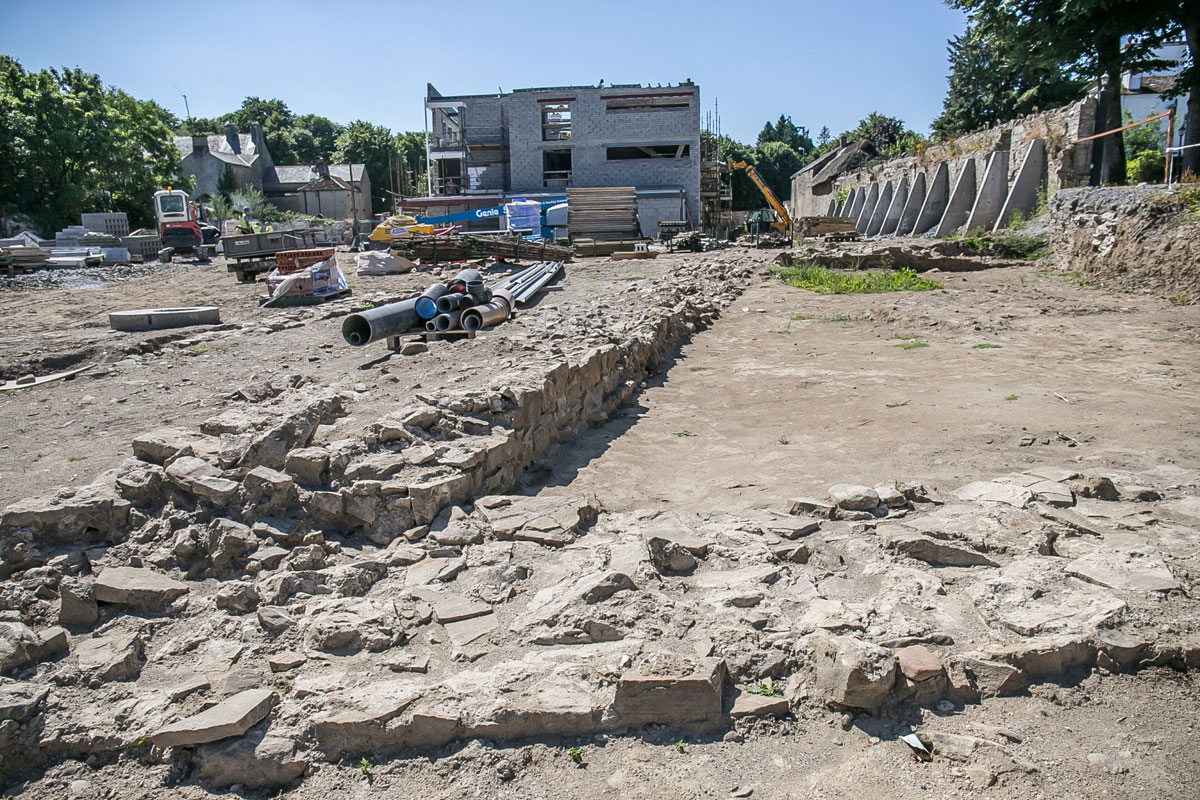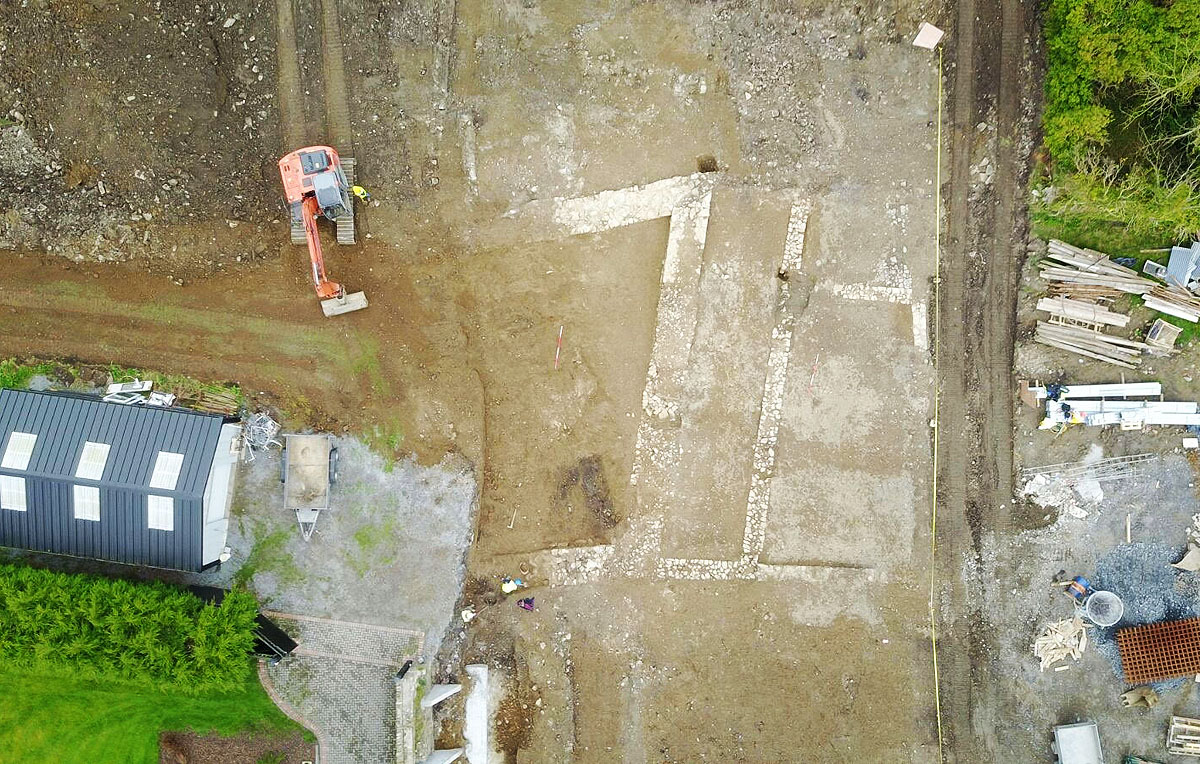
Nov
Bruce Springsteen - Cork and Kilkenny gigs sell out in 90 minutes
Kilkenny gig sell out in minutes as Bruce Springsteen fans snap up tickets. The Boss is coming to Ireland in May 2024
Jul
2018
The spectacular discovery of a massive 17th Century artillery fort has surprised archaeologists working in Castlecomer.

The forgotten fortress was bigger than Kilkenny Castle and the scene for one of the most brutal episodes in Kilkenny’s history in 1642.
However it is the massive scale of the site that has stunned archaeologists.
Covering 3.5 acres, it would have taken in much of the north side of the main street in Castlecomer.
Lead archaeologist on the excavation project Cóilín Ó Drisceoil of Kilkenny Archaeology said the discovery was quite unexpected.
“It’s the huge scale that has really stunned us,” he said. “This was one of the largest bastioned forts ever built in Ireland.”
One of the ‘angle bastions’ of the fort was discovered in the area where a car park was proposed for the Avalon Inn in Castlecomer which is being renovated and extended by Joe Comerford.
The defensive structure had two metre thick walls and was surrounded by a large 10 metre wide moat which would have been filled with water up to two metres deep.
It was one of a string of such forts that were built along this vital routeway between what were then the main centres of power in Ireland Dublin and Kilkenny.
Its thick walls, which would have bristled with artillery, and its surrounding enormous wet moat would have made it virtually impregnable.
However, in December 1641 an army of Kilkenny rebels attacked the fort and the English settlers in the English plantation town at Castlecomer.
Around 400 settlers from the town and the surrounding areas fled to the fort for safety.

The English garrison, aided by the colonists, held out for over three months of a brutal siege. Numerous atrocities were committed against the settlers, the worst of which was the murder of a young boy. The son of the clothier Alexander Barnard, he was sent out to try and get bread for the starving settlers in the fort.
He was captured and decapitated and his body hung from tenterhooks in full view of the fort.
Finally, the English were forced to surrender and the Irish Confederates took over the fort until the Cromwellian attack on Kilkenny in March 1650.
Evidence of the siege was clearly visible on the excavated fort in the form of large breaches of the walls which had been hastily repaired.
The excavated portions of the fort have been archaeologically recorded and will be protected within the new hotel development and provide the town with another tourist attraction.
A tour of the remains was given to the Castlecomer local history group. No delays were caused to the hotel development, which is proceeding as scheduled.
source:kilkennypeople.ie
Share this: